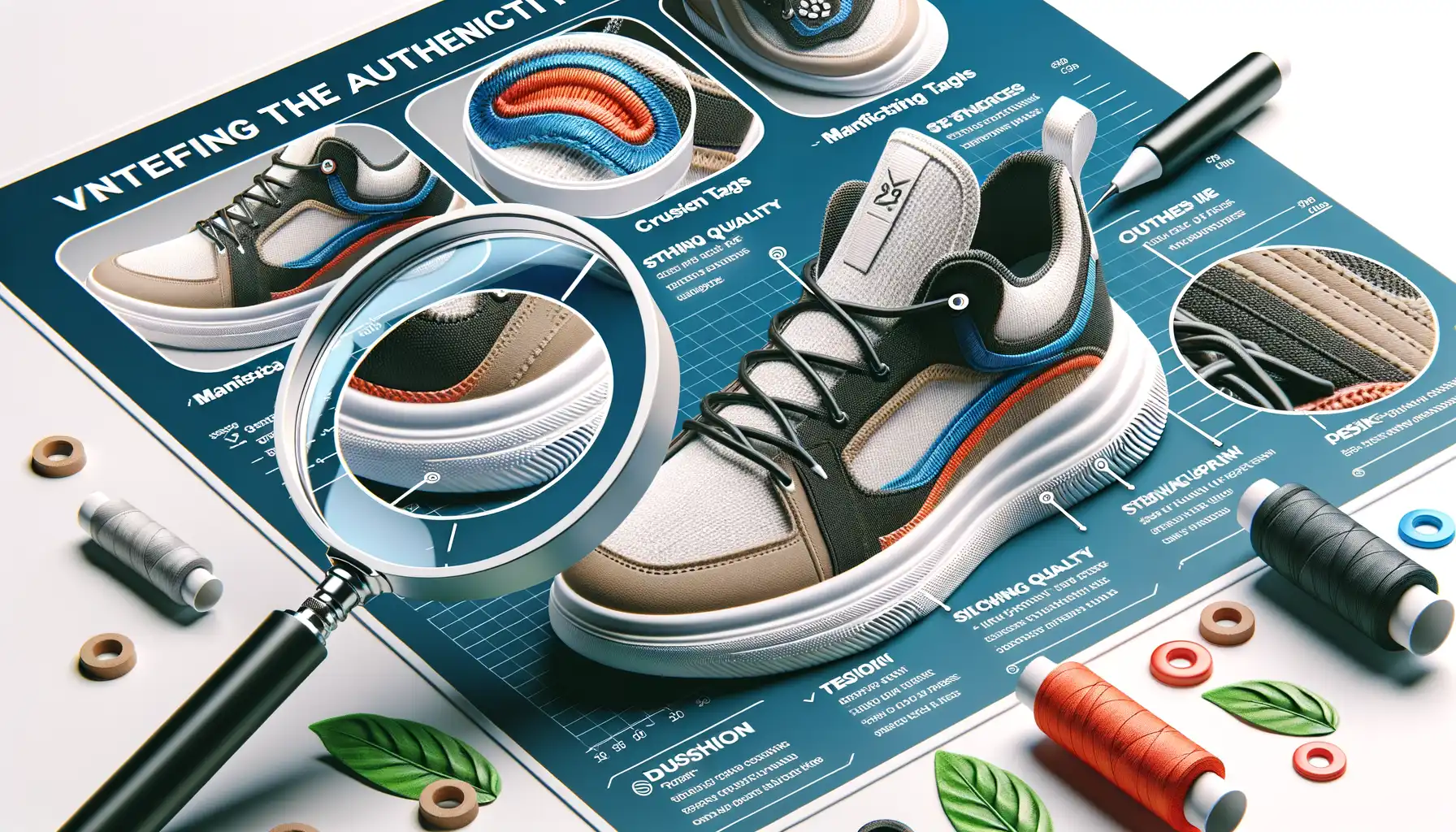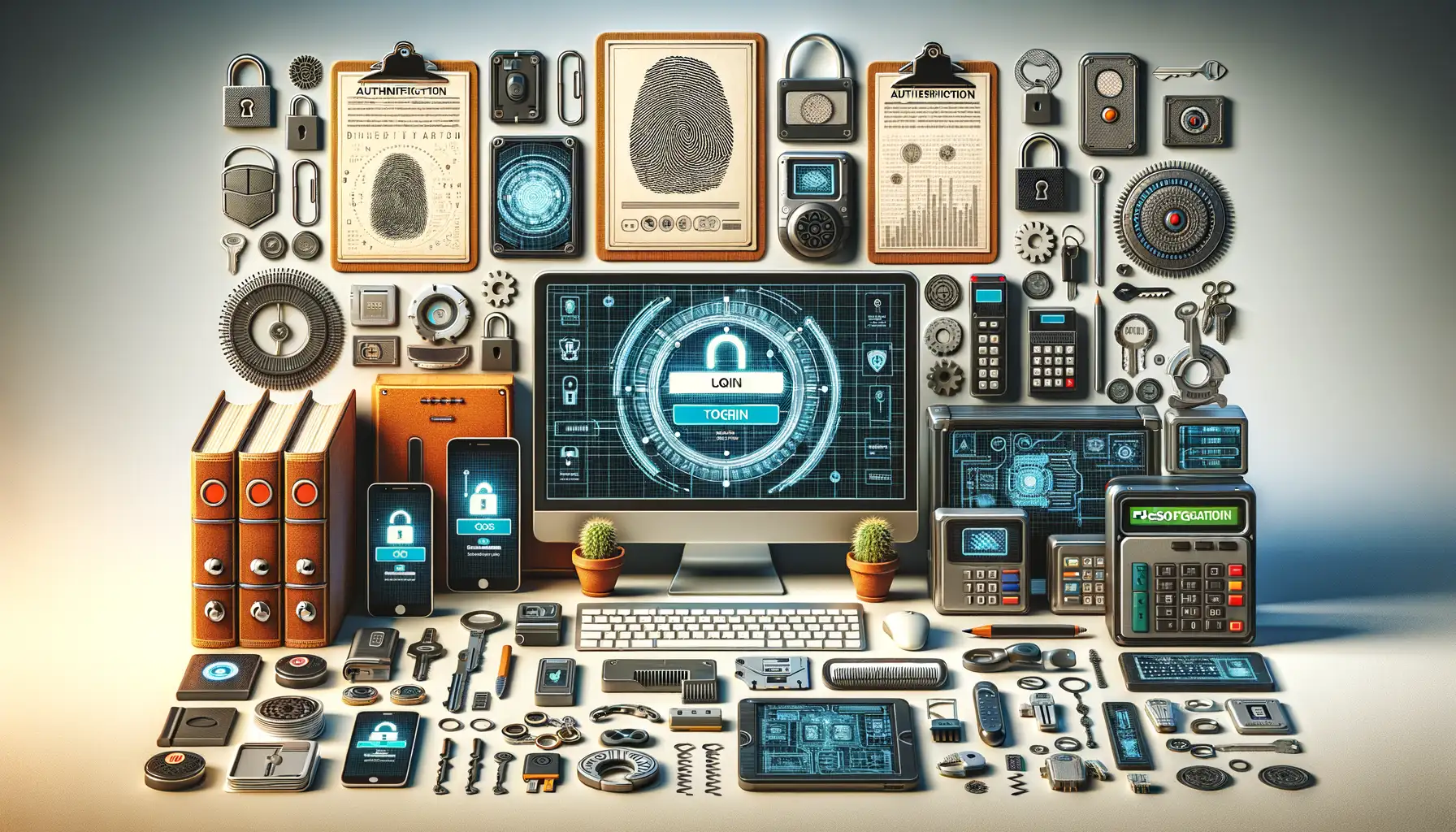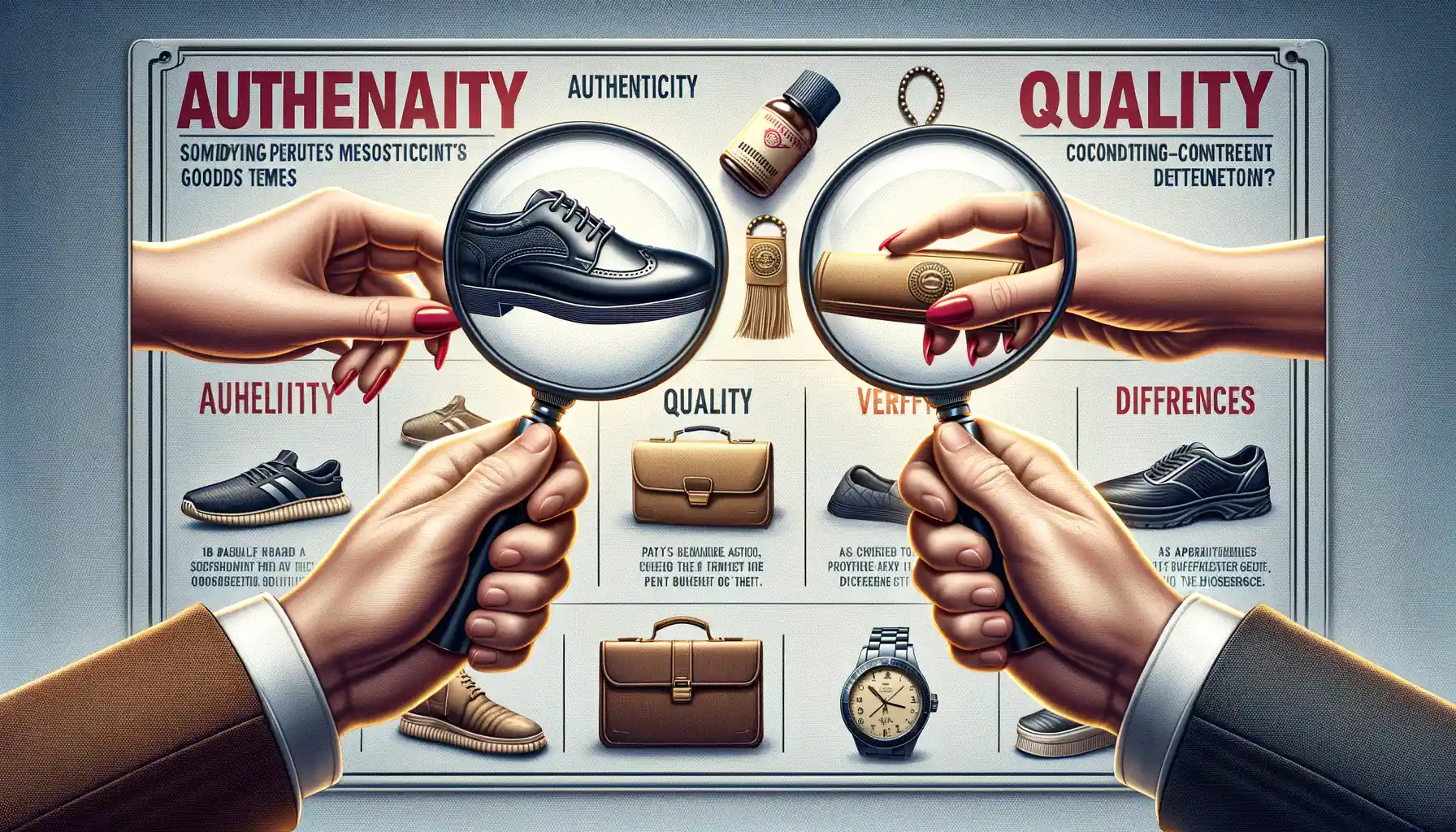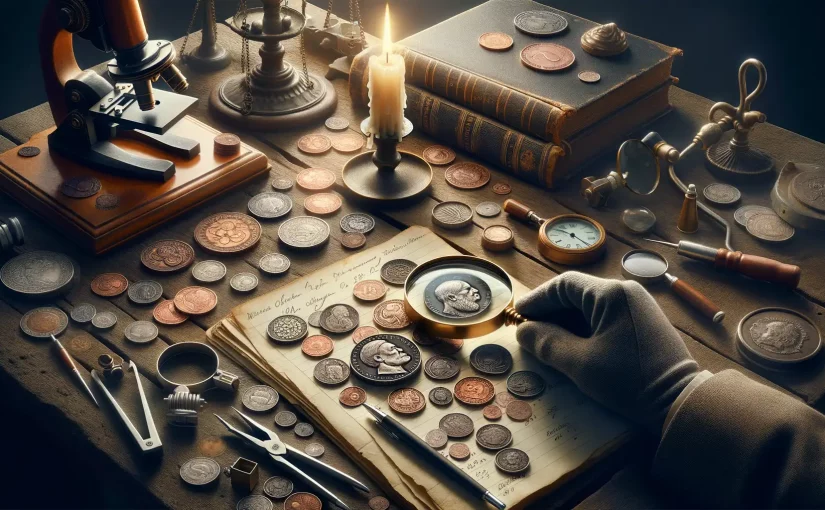Understanding the Importance of Authentication
Why Authentication Matters More Than Ever
Imagine holding a rare coin you think might be centuries old or unboxing a limited-edition pair of custom sneakers. Your heart skips a beat as you realize the potential value in your hands. But here’s the catch: without proper authentication, that thrilling moment could vanish faster than smoke in the wind. Why? Because counterfeits are everywhere, and the fakes are getting frighteningly good.
Authentication isn’t just about protecting your wallet—it’s about preserving trust, legacy, and passion. For collectors, it’s the difference between owning a piece of history or a cleverly disguised imitation. For sneakerheads, it’s safeguarding a culture of creativity and exclusivity. After all, no one wants their prized possessions to turn out to be a wolf in sheep’s clothing.
- Authenticity safeguards your investment: The value of rare coins or sneakers plummets if they’re fake.
- It validates your passion: When you collect, you’re not just buying an object—you’re embracing a story, a legacy.
- Peace of mind: No second-guessing every purchase. You know it’s the real deal.
So, let’s dive deeper into the art and science of telling frauds apart from true treasures, shall we? The stakes couldn’t be higher.
Methods for Authenticating Rare Coins

Spotting Genuine Traits in Rare Coins
Authenticating rare coins feels like solving a historical mystery—you’re holding a piece of the past, but is it the real deal? To crack this case, you’ll need both modern tools and sharp instincts. Let’s dive into some tried-and-true methods for spotting the genuine article.
First off, examine the coin’s weight and dimensions. Counterfeiters often slip up here. Use a precision scale and calipers to compare your coin with official specifications. Even a whisper of difference could spell trouble.
Next, pay attention to the coin’s patina and luster. Older coins develop a natural tarnish over decades, while fakes often have an overly shiny, artificial finish. Hold the coin under good lighting—does it tell a story of time’s gentle touch, or does it scream “freshly painted imposter”?
For a deeper dive, you’ll want to analyze the coin’s details and engravings:
- Are the edges crisp or blurry?
- Does the font match known examples from that minting year?
- Are there any suspicious bubbles or pores in the metal?
Still unsure? Swing by a professional grader—they’ve got equipment and expertise that can make all the difference.
Techniques for Verifying Custom Sneakers

Spotting the Real Deal: Key Indicators
When it comes to custom sneakers, details are your best friend. Think of each pair as a fingerprint—unique and impossible to replicate perfectly. Start by examining the stitching. Whether it’s a pair of Off-White Air Jordans or custom Yeezys, the craftsmanship should scream quality. Look for neat, consistent threads and zero loose ends. Sloppy stitching? That’s a red flag waving in plain sight.
Next, flip those kicks over and study the soles. Authentic sneakers often have intricate sole designs with precise patterns. If the outsole looks blurry or feels flimsy, you might be staring at an imposter. Oh, and don’t forget the smell! Genuine sneakers usually have that fresh factory aroma, while fakes can reek of chemical adhesives. It sounds strange, but your nose knows.
Labels and logos are another goldmine for verification. Check the font style, placement, and even spacing. A single offbeat letter can give away a counterfeit. And the box? Yes, the box matters too! Inspect barcode stickers and compare them with details on official websites.
- Inspect the weight—a fake sneaker might feel oddly light or unnaturally heavy.
- Examine laces and aglets; authentic sneakers don’t cut corners on small components.
Tools and Resources for Authentication

Game-Changing Gadgets for Coin Collectors
When it comes to authenticating rare coins, the right tools can feel like a detective’s magnifying glass—revealing secrets hidden in every detail. One essential item? A high-quality digital microscope. This gem lets you dive into the tiniest crevices of a coin to identify mint marks, surface wear, or even subtle alterations. Pair that with a precise weight scale; it’s shocking how often counterfeit coins weigh just a fraction off their legitimate counterparts.
For history buffs, owning access to a coin reference guide database is like unlocking a treasure chest of knowledge. Not sure about a coin’s origin or rarity? Look it up! Many collectors also swear by UV light tools to check for modern forgery signs, such as invisible inks or chemical tampering. The magic lies in spotting what the naked eye might miss.
Must-Have Apps and Tech for Sneaker Verification
If custom sneakers are your thing, then let your smartphone double as your personal authentication sidekick. Apps like CheckCheck or Legit App connect you directly to sneaker experts who analyze photos of your kicks for authenticity. Think of it as a virtual consultation—except faster and way cooler.
In your toolkit, add a portable blacklight to inspect stitching and serial numbers. Don’t forget a fine-tooth ruler (literally). Some counterfeits falter on sneaker dimensions—they’re slightly “off” compared to originals. If you’re fully committed, specialized UV cameras can reveal details hidden under special lighting. Here’s a quick list to keep handy:
- QR code scanners for checking serialized tags
- Material testers for soles and fabric textures
- And yes, trust your sense of smell—counterfeits often reek of cheap glue!
The right tools make you part collector, part detective. And honestly, isn’t that half the thrill?
Tips to Avoid Counterfeits

Spot the Warning Signs Like a Detective
Imagine you’re Sherlock Holmes for a moment, diving into the mystery of authenticity. Spotting counterfeits isn’t just about a quick glance—it requires a trained eye and a curious mind. Watch for red flags in everything from packaging to materials. For rare coins, subtle details like off-center strikes, strange textures, or mismatched weights can be tell-tale signs. Hold the coin up and tilt it under light. Does it gleam just right? Or does something feel… off?
For custom sneakers, examine stitching patterns like you’d analyze brushstrokes on a masterpiece. Authentic shoes will have clean stitches and precise symmetry, while fakes may look rushed or uneven. If possible, compare to photos from the brand’s official website to track down any sketchy deviations.
Use These Tricks When Buying Online
Shopping online? It’s a jungle out there, but you can protect yourself:
- Always buy from trusted sellers with verified reviews.
- Look for detailed photos—if they’re blurry or limited, consider it a giant red flag.
- Beware of prices too good to be true; there’s no such thing as a “steal” when it comes to collectibles.
Trust your instincts. If something smells fishy, don’t bite the bait.

